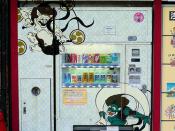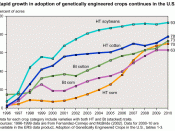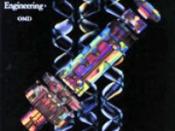Seed Sterilization
In a remarkably brief period of time, we have become accustomed to mind-staggering developments in many areas of science and technology. Some of these, such as treatments for cancer, are very encouraging. Others fill us with hesitation. Perhaps for many of us the cloning of a sheep ("Dolly") became a kind of focal point for all our hesitations about genetic engineering: What are the risks? Do they really know what they are doing? How can the technology be abused? A recent patent for a biotechnological process granted to a US seed company, while it has not received the same media attention as Dolly, might be a more significant development in terms of its impact on future human society and on the environment. The possibilities created by the process of genetically modifying plants to produce infertile seeds that are unable to germinate leaves society looking on to see if the potentials of contemporary biotechnology have gone a step to far.
This seed sterilization technology poses too many threats to the modern world that banning this technology is the world's only choice.
This infertility gene may at first seem appealing to society it appears to solve the problem of genetic mutations getting loose into the world. The possibility of using this "terminator" technology, which is able to destroy a plant after one generation, opens the door to "safe" genetic testing; none of the alterations would survive past a single generation. ""Using Terminator to halt GM seed contamination is like using DDT to kill the ants on your sandwich" (RAFI, 2002, par.1) Seed sterilization technology's first noticed advantage may kill the ants but when you look deeper in reality it isn't a safe solution to genetic drift, more problems will be caused that solved.
Genetic drift of this gene could move...


